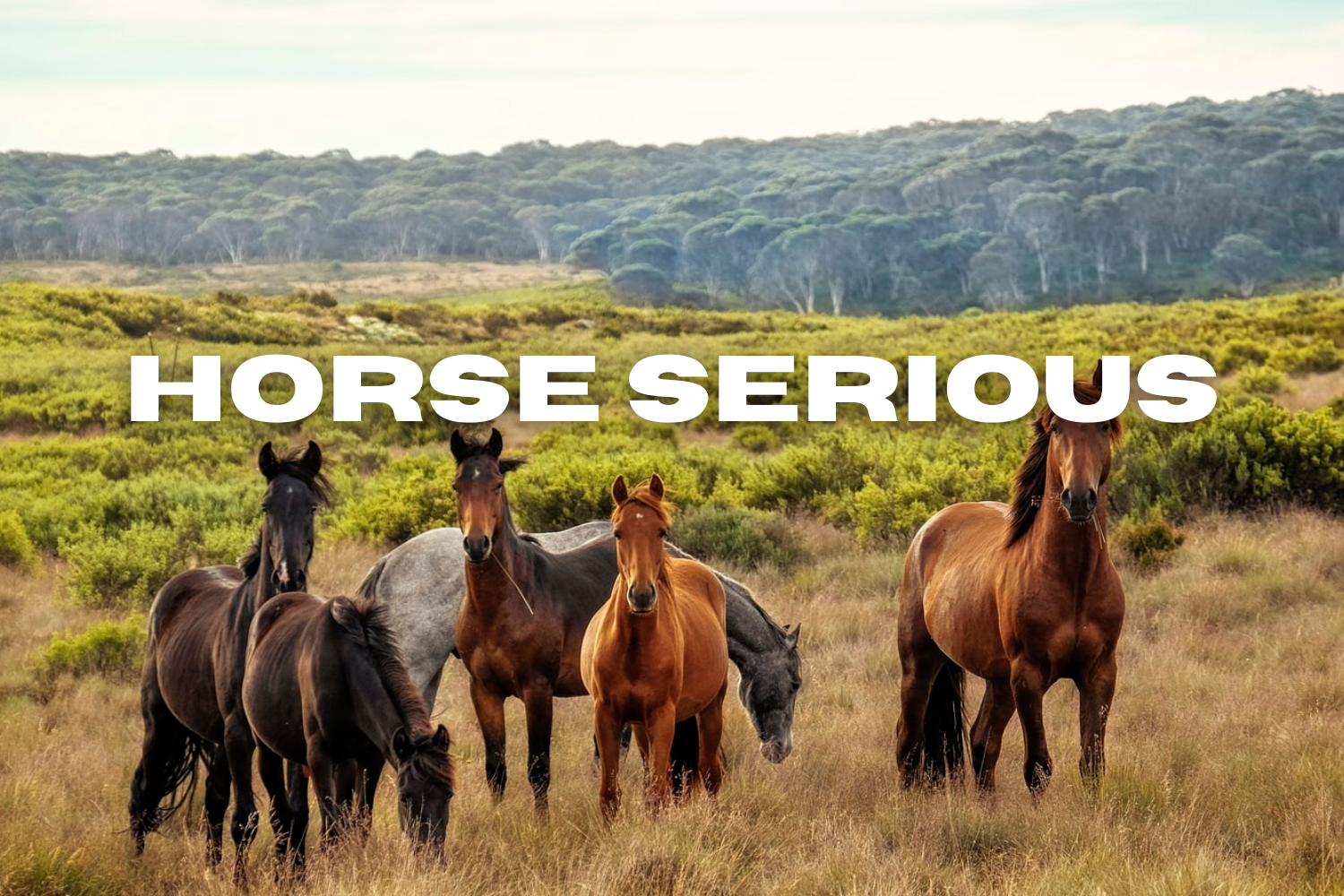During the summertime, plenty of riders are still competing or recreationally riding. It can be tough staying cool, summer seasons are getting hotter and dryer. It’s important to find ways to keep you and your horses cool during the hot seasons.
What To Consider When Riding During The Summer?
Keeping cool and well hydrated is vital. However, there are some other factors to consider when riding in the summer.
Horses Sweat
Just like humans, horses also sweat. They have sweat glands all over their bodies and use them as their primary cooling method. The sweat evaporates from liquid to gas and absorbs the body’s heat. Once it evaporates, it leaves the body cooler.
The downside of this is as the weather gets hotter and more humid, sweat can’t evaporate fast enough. This can lead to heat stress and even heat stroke which is life-threatening.
Signs of Heat Exhaustion
-
Temperatures of 102-106 degrees Fahrenheit or higher.
-
Extreme sweating.
-
The skin may be cool even though body temperature is high.
Signs of Heat Stroke
-
Skin is dry and hot.
-
Rapid breathing.
-
Temperatures of 106-110 degrees Fahrenheit or higher.
If you believe your horse is suffering from heat exhaustion or a heat stroke, it is vital you stop riding and remove its tack immediately. Get your horse to a shady cool area and call your vet.
Once you call the vet, start cooling your horse with cool – not cold – water. Start at the hooves and legs, then work your way up to its head.
Allow your horse to drink small amounts of water every 10-15 minutes. Avoid allowing a horse that is too hot to ride and drink large quantities of water all at once. This could lead to colic.
How To Avoid Heat Exhaustion, Stress, and Stroke
An easy way to figure out if it is too hot to ride is by adding the temperature in Fahrenheit together with the percentage of humidity.
If it is 80 degrees Fahrenheit and humidity is 50%, that equals 130.
-
Less than 130 = Horses can be ridden if they are properly hydrated.
-
130-170 = Be cautious.
-
170 or higher = Don’t ride. It only takes 15 minutes to raise your horse’s temperature to a dangerous level.
What To You Wear When Riding This Summer
It’s not only the horse that can suffer when temperatures are too high. It is important to keep yourself cool and well hydrated as well.
-
Technical Clothing = find clothing that uses technical material that has sweat-activated cooling properties.
-
Cooling Vests = Dunk any riding vest, shirt, or other garments in cool water. Wring out the excess water and wear it. It can help keep you cool for a while.
-
Riding Tights = Look for lightweight riding tights. They will help you feel much cooler than wearing breeches or jeans in the summer.
How To Wear An Equestrian Airbag Vest In The Summer
If you ride in an equestrian air vest, you might be worried about getting too hot. Well, don’t compromise your safety. Plenty of vests are designed with hot summer days in mind. When you buy one, ensure they come with technical fabric or mesh.
Additionally, some air vest brands even come with approved outer layers that are made for summer riding. Ensuring you can be safe and keep cool during the hot summer months.

